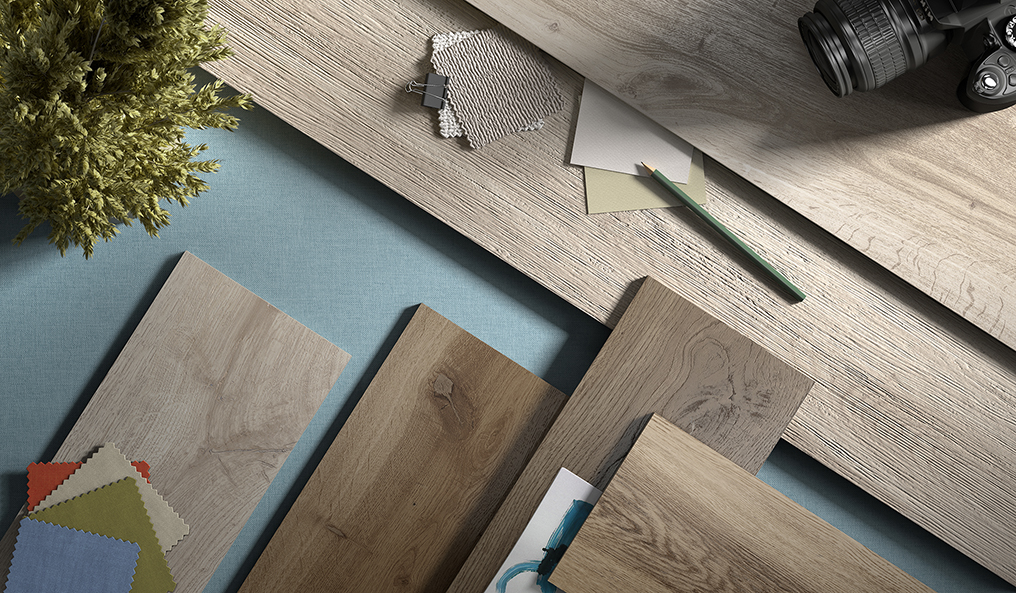
Alpine glamour
Panaria’s wood-effect porcelain stoneware collections for contemporary living solutions
How to create a warm and comfortable atmosphere within domestic spaces by taking advantage of the benefits of porcelain stoneware
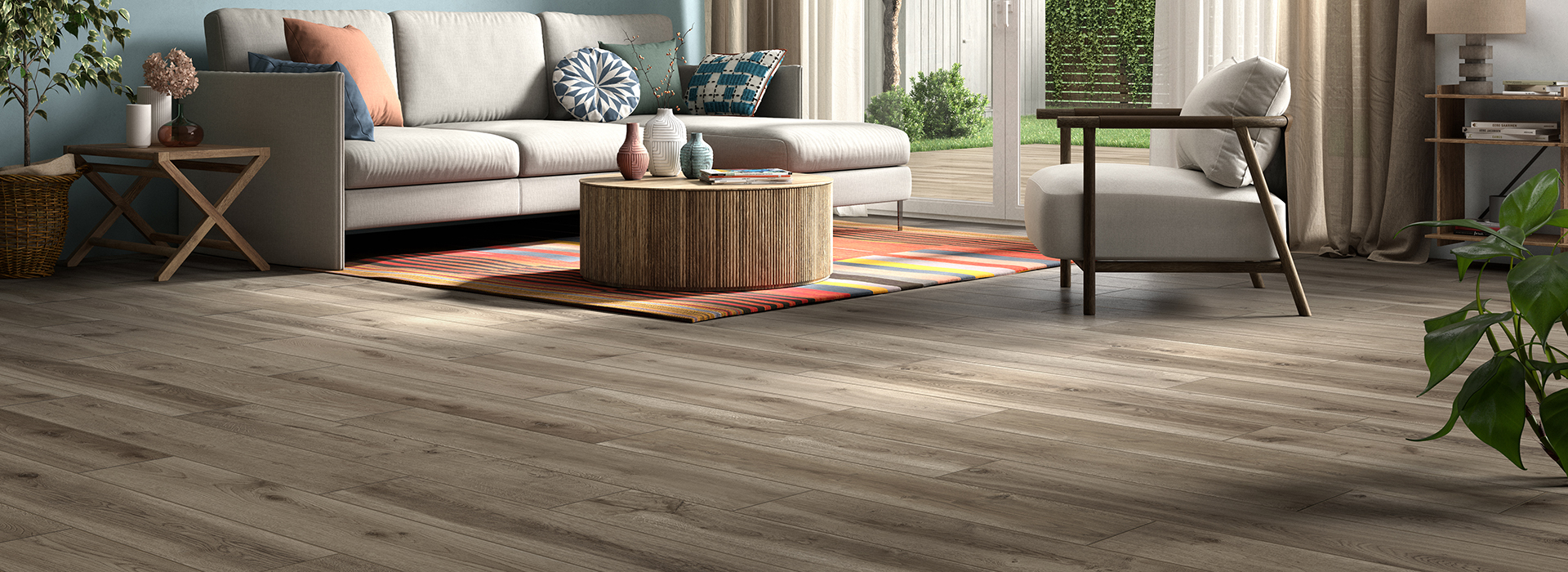
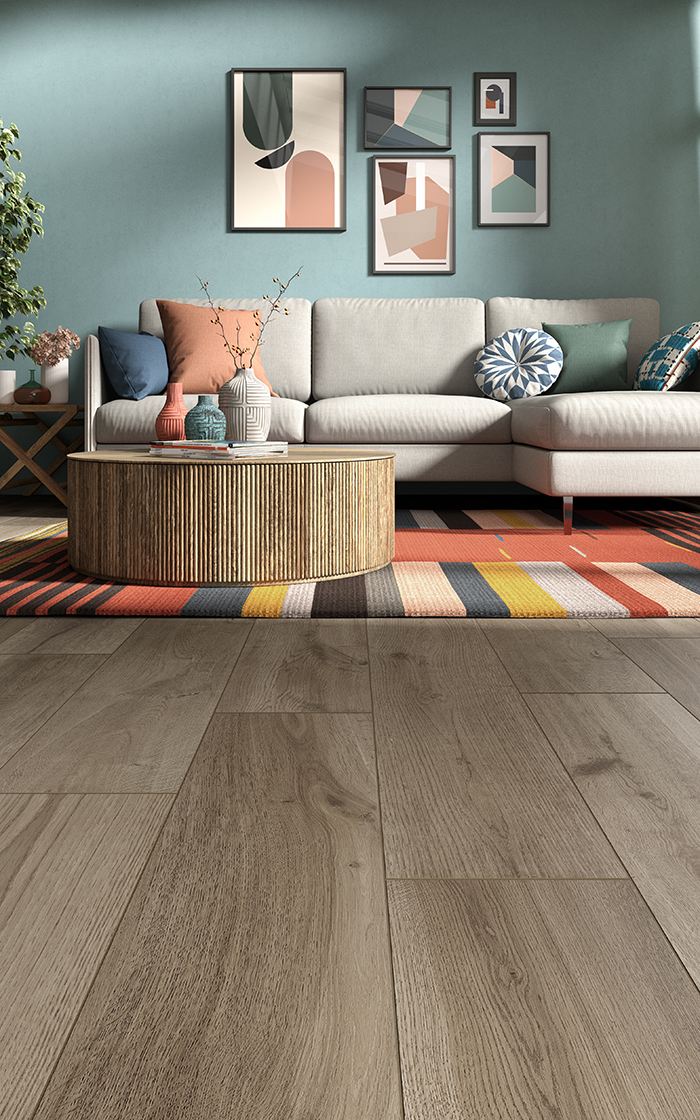
Imagining and defining the surfaces in our homes is a task as delicate as it is stimulating: the flooring and cladding that we choose, will be a part of our private spaces for much of our lives. That’s why it is important that the choice be well-informed and carefully considered.
The quotations phase is an excellent “training ground” for gathering information about new trends and innovations, visiting stores, and touching products with one’s own hands. The choice always involves various aspects: our personal tastes, the style that we want for our spaces, the intended use, our budget, and the functionality and practicality of the material.
When considering these final elements, many remain smitten by the natural effect of wood, which lends a warm and comfortable atmosphere to domestic spaces. This is why we often find ourselves choosing between two solutions: natural wood flooring or wood effect stoneware.
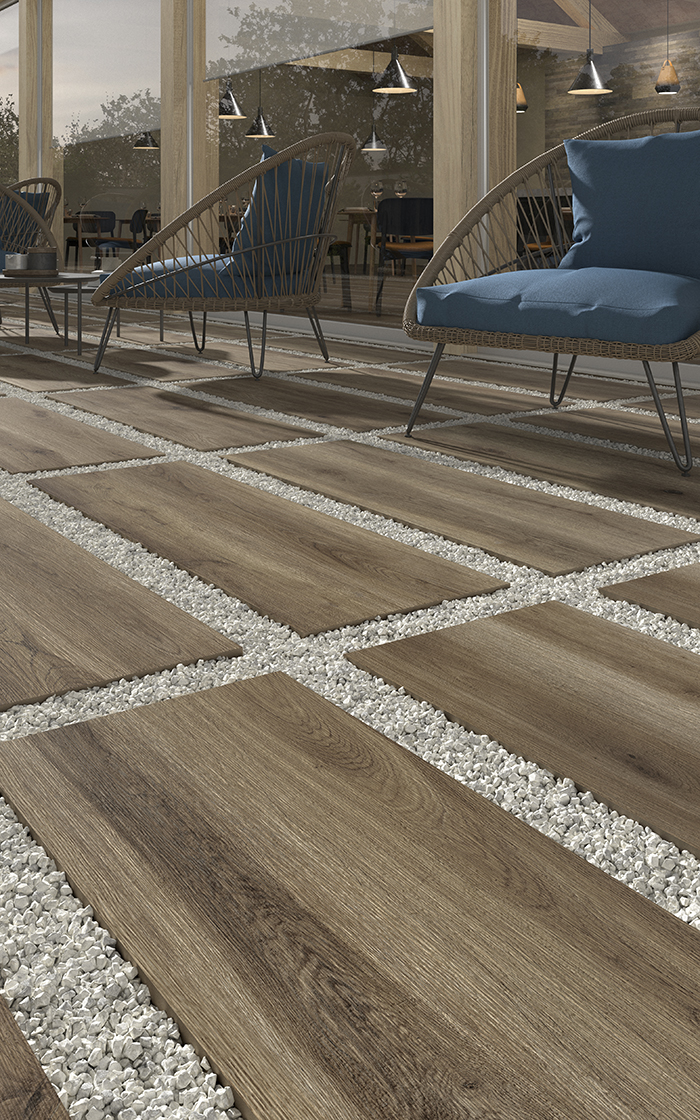
First let’s look at the most substantial difference: one is wood, while the other is made of clay, sand, and feldspar. These characteristics in no way penalize porcelain stoneware. Rather, as we will see, they make it more resistant and durable than other cladding materials, including wood.
Another aspect that often encourages the choice of wood effect porcelain stoneware flooring is the level of technological innovation which the ceramic industry has achieved in the manufacturing processes, thanks to which it is possible to create tiles capable of faithfully replicating the true essence of the most beautiful woods present in nature, respecting the colours, the nuances, and the most attractive details.
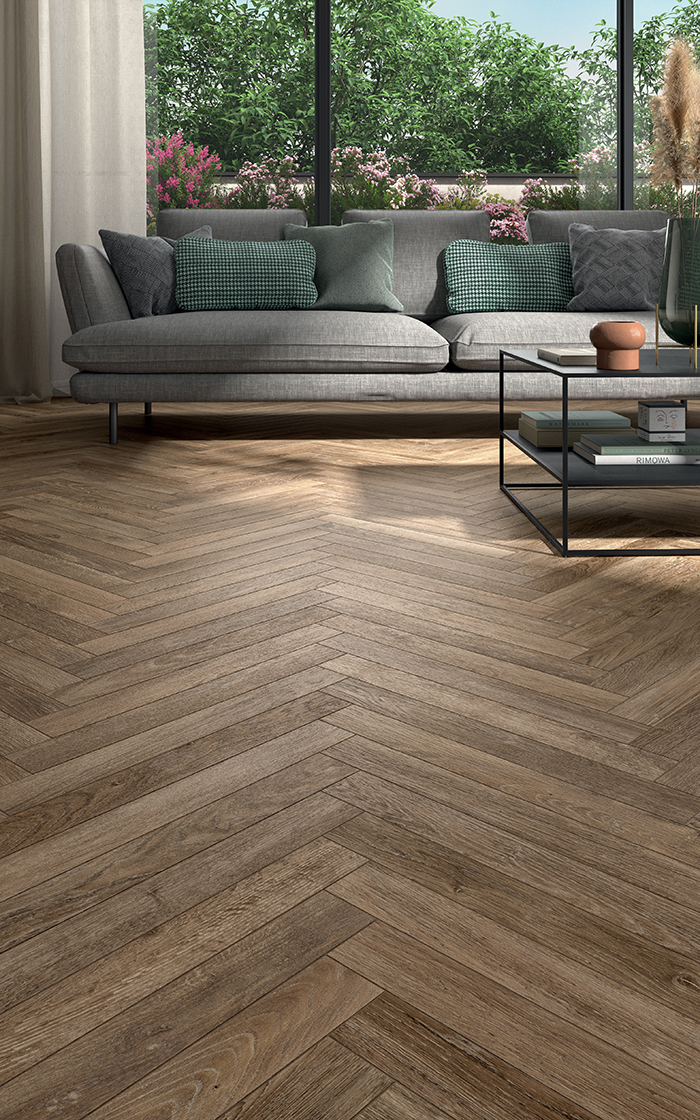
The most obvious benefits of a wood effect porcelain stoneware floor as compared to natural wood flooring are primarily of a technical nature, related to the resistance and durability of the material. The weak points of wood flooring are most evident in environments subject to high foot traffic or with an elevated moisture content, with maintenance costs that increase according to the floor’s surface area.
This without taking into consideration the need for oil, wax, and sanding which are a part of ordinary and periodic maintenance of wood floors or, worse, the possibility of having to fix or replace a radiant panel in the case of underfloor heating, with all that that entails.
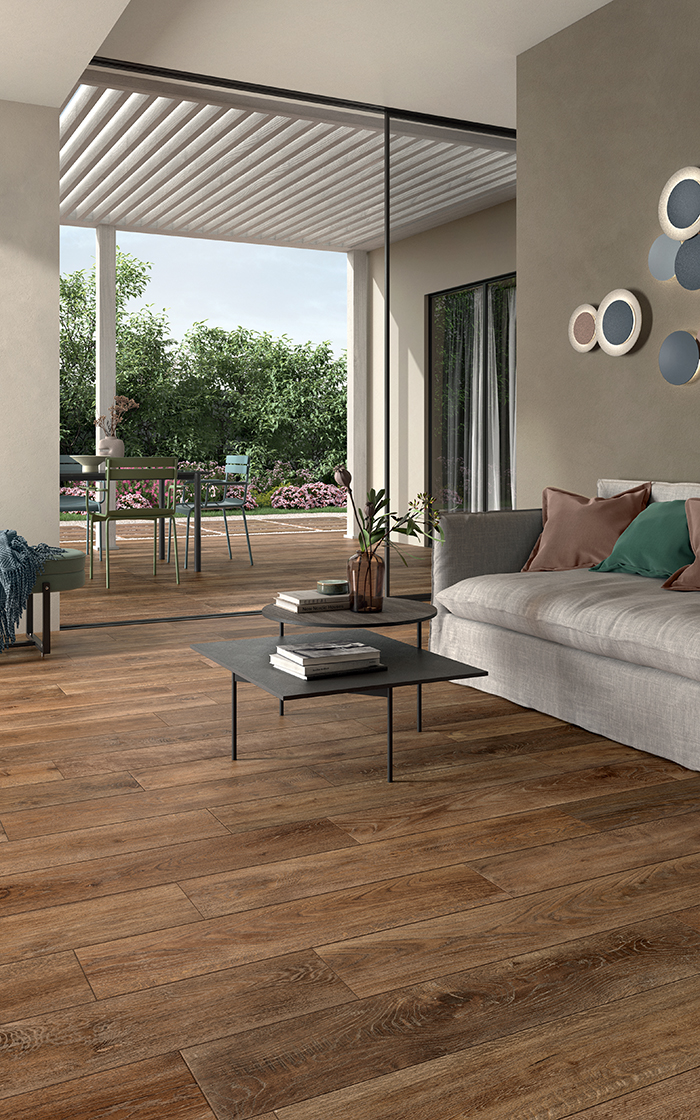
As opposed to wood, porcelain stoneware, thanks to its composition and its manufacturing process, maintains unchanging characteristics over time, making it a long-lasting and safe material, ideal for both interior and exterior flooring or cladding. Specifically: